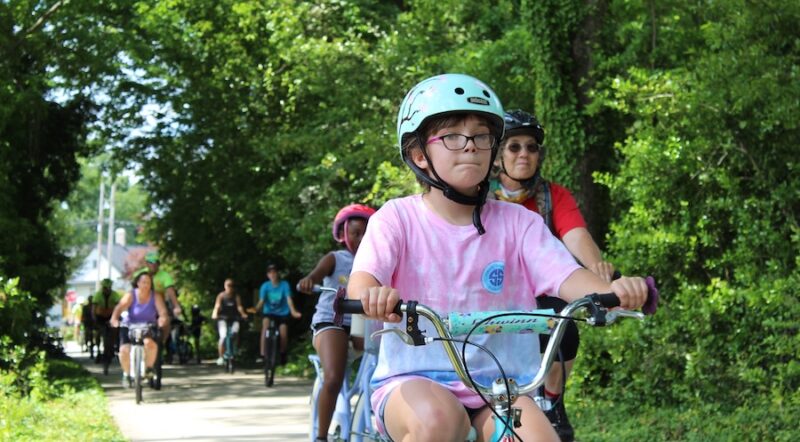A Vermont Rail-Trail Leads to the New York Public Library
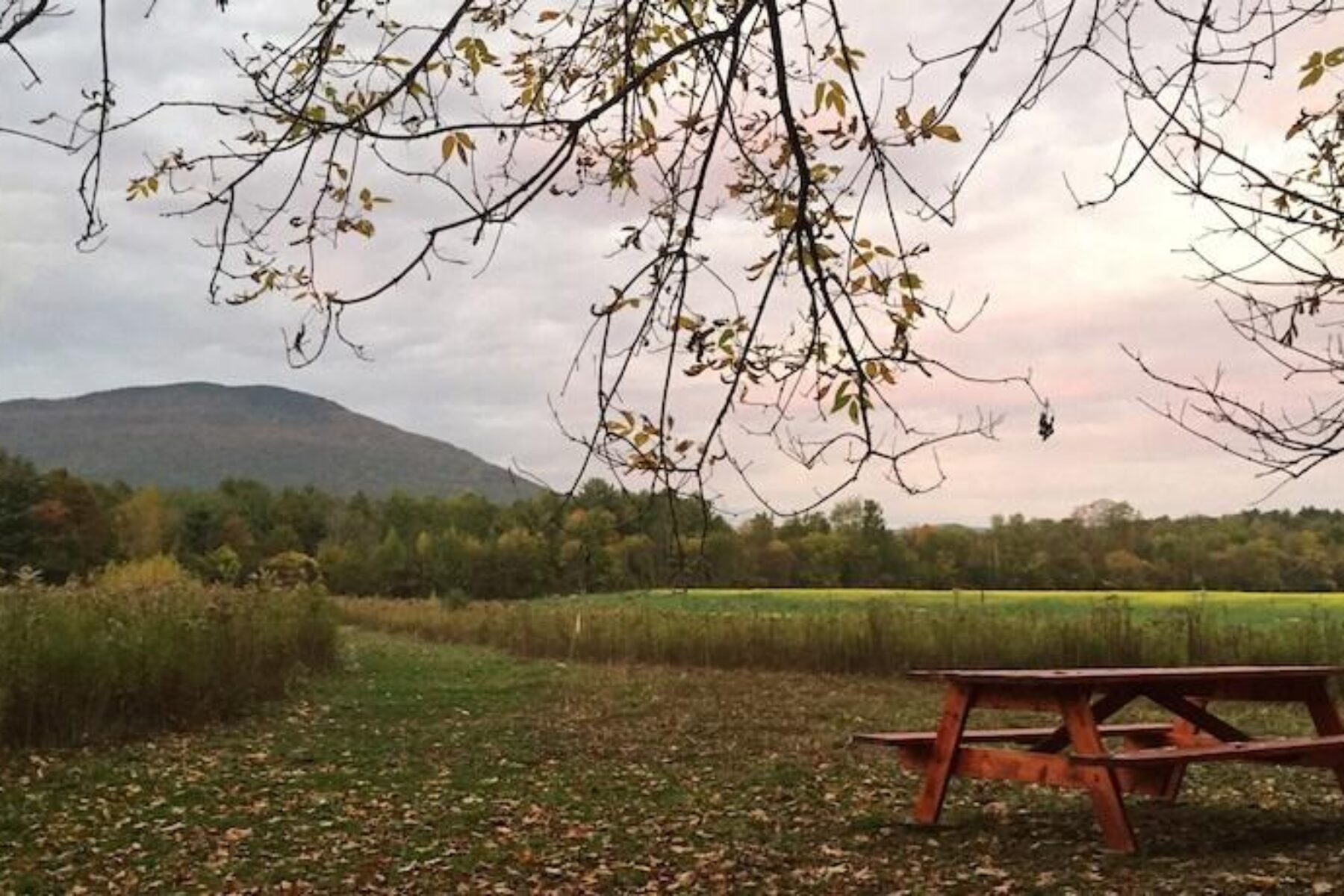
When the New York Public Library opened the doors of its flagship building at Fifth Avenue and 42nd Street on May 23, 1911, it was the largest marble building in the United States. Built from Vermont white marble, the Beaux Arts-style showpiece took 16 years to design and complete, and required more than six times the marble used in the New York Stock Exchange and the New York Chamber of Commerce combined. More than 65% of the marble was rejected and ended up in other buildings, including Harvard Medical School.
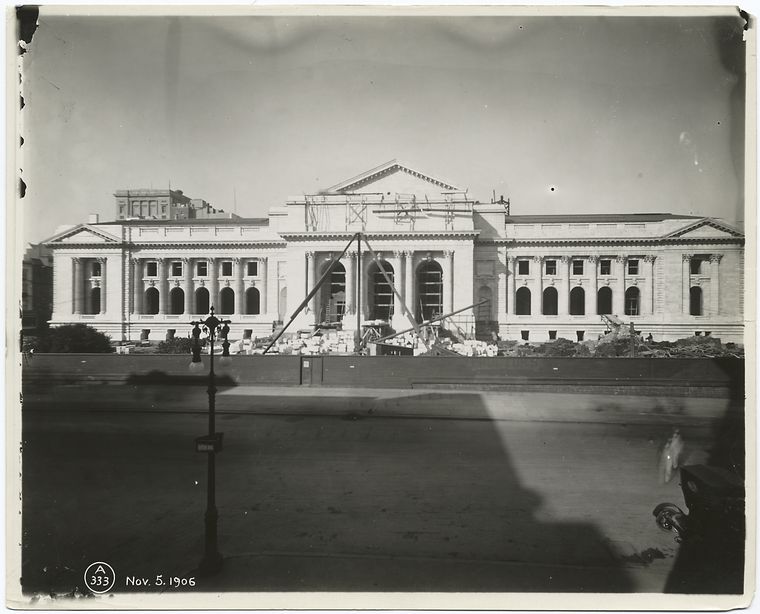
Some 110 years later, thanks to the efforts of four southern Vermonters, the Manchester Rail Trail guides visitors on the remarkable journey of that marble from quarries in Dorset to the finishing mill in Manchester to New York City. The mile-long section of the original Manchester, Dorset & Granville Railroad bed, connected at one end by an existing trail, and a proposed trail at the other, reveals that history through interpretive signage, jaw-dropping views of the mountain containing the now-defunct quarries, and sofa-sized blocks of moss-covered marble that fell off the train on its way to the finishing depot more than 100 years ago.
A Locomotive Replaces Horses
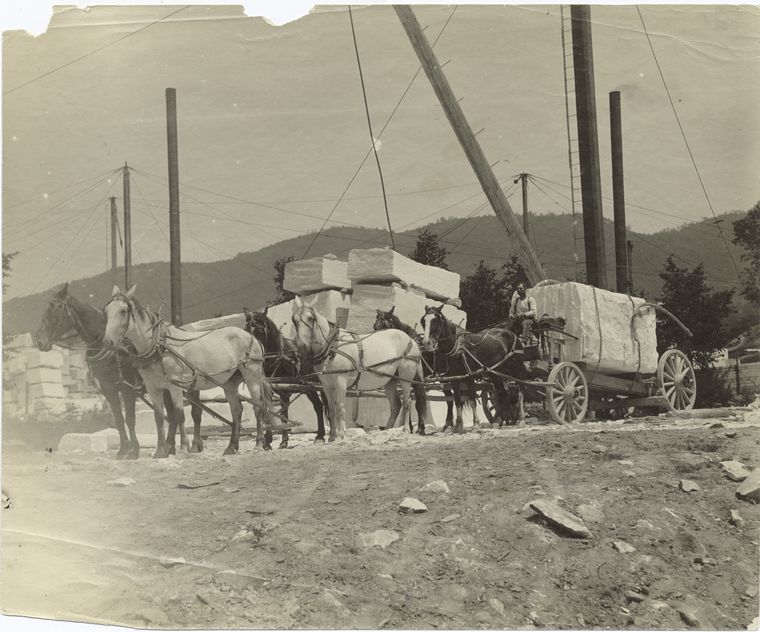
In 1902, the Manchester, Dorset & Granville (MD&G) Railroad was incorporated as a subsidiary of the Norcross-West Marble Company. The move allowed the firm to fulfill its contractual obligations to supply what was called “Dorset white” marble for construction of the New York Public Library as well as other buildings. Indeed, the library alone required more than 500,000 cubic feet of marble—a job difficult to complete on time using the alternative mode of transportation: six-horse teams.
The steam-locomotive rail line transported marble from three quarries on Mount Aeolus, a 3,200-foot mountain summit in Dorset, south to a finishing mill in Manchester. Once cut and polished, the marble headed on another train to New York City.
The first MD&G train ran the 5.09 miles on March 30, 1903. A passenger car was added on Sept. 2, 1903, offering service from the station north of the mill to the Dorset quarry station; single fares cost 15 cents, roundtrips 25 cents.
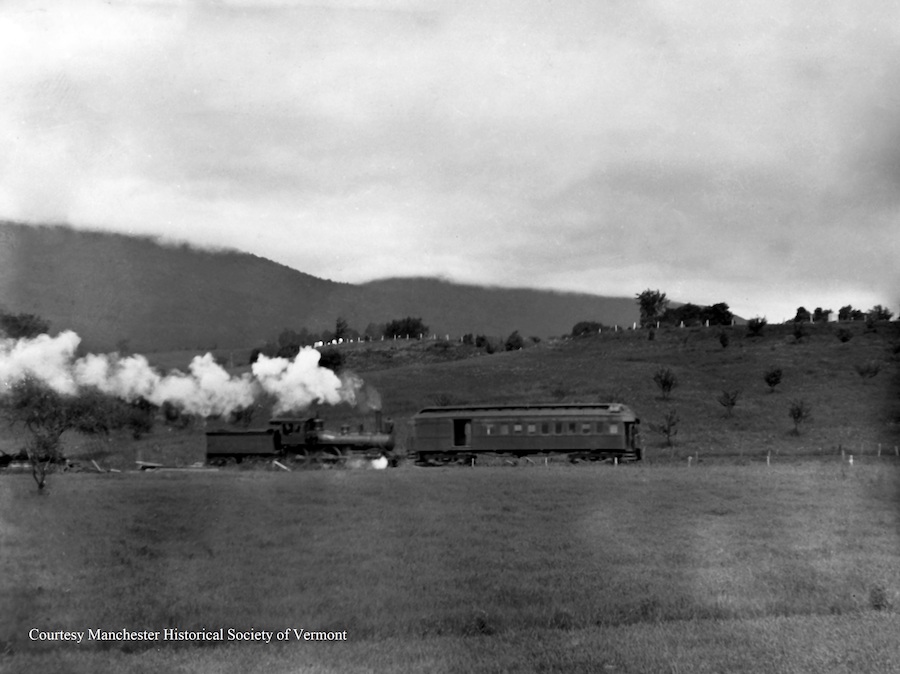
The locomotive would push empty flatcars and the passenger coach from the mill to the quarry, and travel in reverse for the trip back with its flatcars loaded with marble. “They didn’t have a turntable,” said Shawn Harrington, curator at the Manchester Historical Society in Vermont. “When it went from Dorset to Manchester, it went in reverse the whole way.”
With blocks weighing several tons, loaded flatcars often broke in half. “They’d have to stop service for three or four days because they had to get special derricks up there to lift the marble,” said Harrington. “Sometimes it was easier to push the blocks off to the side than it was to get them hoisted back up.”
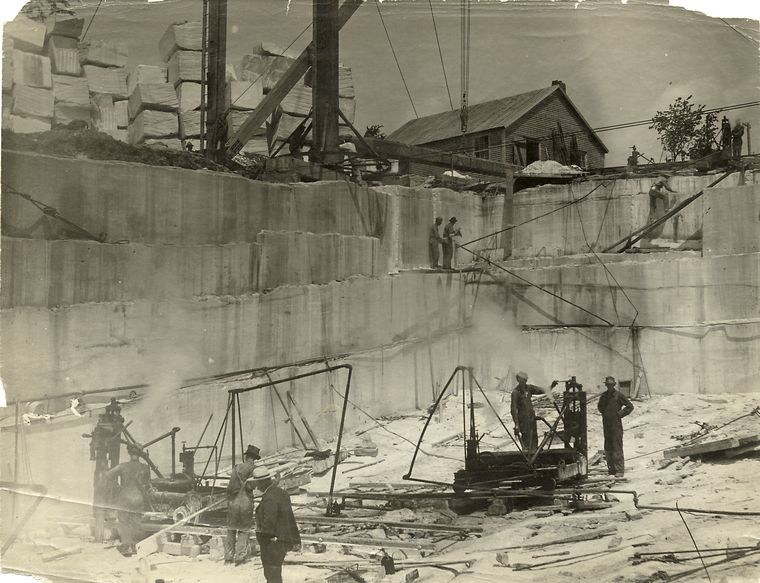
Today, visitors can see some of the pieces lying alongside the trail. They can also visit one of the old quarries, the Norcross West Quarry at the base of Mount Aeolus, which is an enormous swimming hole accessible off Route 30 by car, and privately owned but open to the public.
After the library was completed, demand for marble decreased. Traffic on the line stopped in 1918 but was revived briefly in 1924. The rails were pulled up in 1934, leaving locals to nickname the railroad bed the “Mud, Dirt & Gravel Railroad.”
Old Railroad Bed LLC
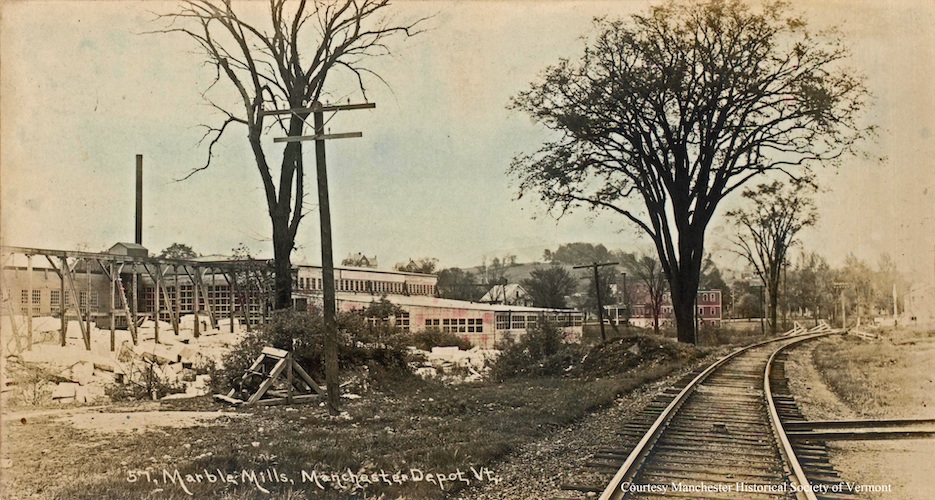
In 2000, the town of Manchester commissioned a feasibility study to convert the MD&G railbed into a recreation trail. “The project just needed someone to step up to the challenge and make it happen,” said Robin Verner, who with his wife, Amy, and friends Bill Drunsic and Jim Hand, formed Old Railroad Bed LLC in 2009 to purchase the last remaining section of the original line. In March, Manchester voters will vote on town acquisition of the privately held trail.
Crossing through fields and woodlands, the 5,500-foot path connects to an existing mile-long trail leading south through an 88-acre park and a civic center with a skating rink and a disc golf course. It ends at the Manchester Elementary Middle School in an area that is within walking distance to the quaint shops and restaurants in Manchester. A proposed mile-long trail to the north of the rail-trail would end at the PK-8 public school in Dorset.
Even in southern Vermont, with its access to miles of hiking trails, including the Appalachian Trail, the rail-trail fills a recreational void. “The rail-trail is really enjoyable for somebody who just wants to take a stroll on a nice long, flat trail,” said Harrington. “I walk it with my children, and there are always other people of all different age groups.”
For Robin and Amy Verner, who owned a bike shop in Manchester for more than four decades, the 80-foot-wide, mostly level rail-trail offers greater cycling opportunities. “It’s wonderful to be working on the trail and seeing kids who are 9, 10, 11 years old riding their bicycles together,” said Amy Verner.
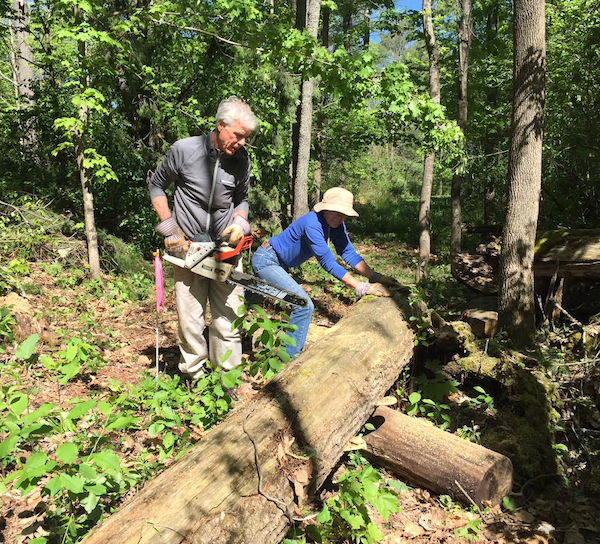
Getting to this point required a great deal of manual labor. “We had to clear 80 years of overgrowth,” said Robin Verner. “First, a surveyor marked the trail, then we cleared the brush with chainsaws, weed wackers and lopping shears. We had to move rocks and cut trees. Eventually, we got it to the point where we could mow it. Next, Bill had the bed prepared and brought in Sure-Pack, which is a mixture of stone, sand and stone dust, which forms a hard, erosion-resistant surface. Then he had two bridges constructed to cross small streams.”
The BikeManchesterVt committee helped plant 1,200 daffodil bulbs along the trail in fall, and a picnic table donated by local building and hardware supplier rk Miles was placed next to a hay field and provides stunning views of Mount Aeolus. “It’s gorgeous,” affirmed Robin Verner. “It’s probably the best part of the trail.”
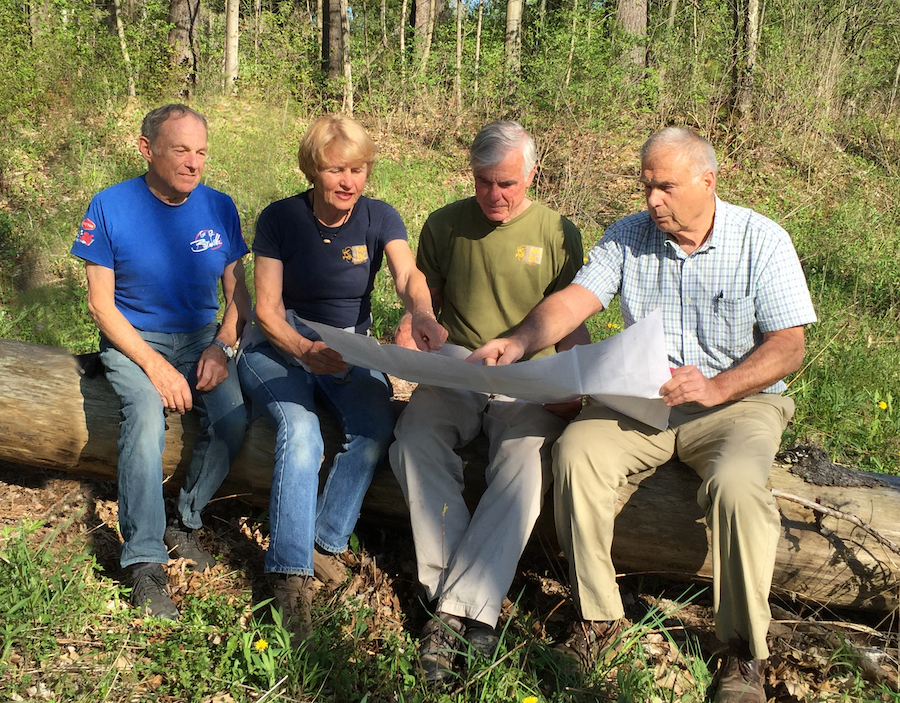
The group also installed interpretive signage highlighting the history of the railroad, including its link to the New York Public Library. “People take visual cues to transport themselves back into another time,” said Harrington. “When you have a picture of tracks laid or of the train, it lends more context and makes the history more tangible.”
The signage was also intended as a history lesson for teachers and schoolchildren from Manchester and Dorset. “We wanted kids and teachers to use this trail,” said Amy Verner. “So I was thinking we needed a narrative that these kids could see and that the teachers would use to walk with the kids and show them the history.”
Even longtime locals were surprised to learn of the link between the trail and the library.
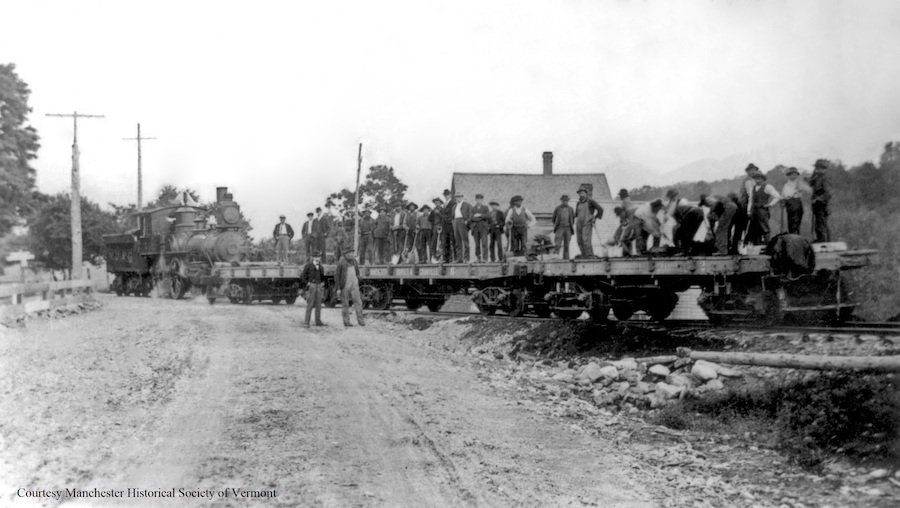
“I’ve talked to numerous people who have used the trail and take the time to read Robin’s interpretive work, and a lot of people had no idea,” said Drunsic. “Most people in the area are familiar with the old marble quarry, which is a popular swimming location today. But they didn’t understand how the marble was transported in large blocks to the depot then further down to New York City and Washington, D.C. It makes for a very interesting story.”

Donate
Everyone deserves access to safe ways to walk, bike, and be active outdoors.

